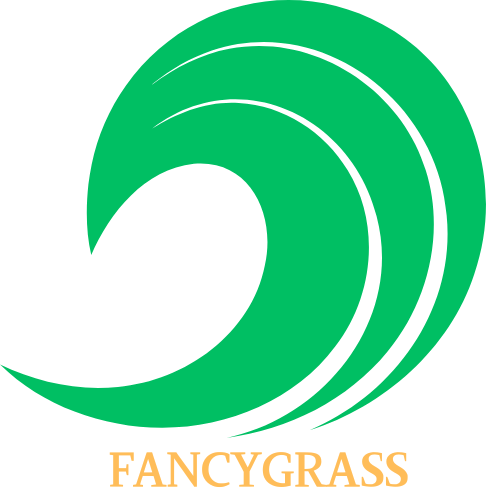Introduction
As a dog owner, you want the best for your furry friend, and that includes a safe and enjoyable outdoor space. When choosing between real grass and artificial grass for your dog’s play area, it’s important to weigh the pros and cons of each option. This guide will help you make an informed decision based on your lifestyle and your dog’s needs.
Real Grass: The Natural Choice
Real grass offers a classic, natural feel and provides a variety of benefits for your dog:
- Natural Stimulation: Real grass provides natural stimulation for your dog’s senses, encouraging them to dig, sniff, and explore.
- Fresh Air and Exercise: Playing in real grass allows your dog to get fresh air and exercise, promoting their physical and mental well-being.
- Digging and Burrowing: The texture of real grass provides a natural environment for your dog to dig and burrow, satisfying their instinctual behaviors.
However, real grass also comes with its challenges:
- Maintenance: Real grass requires regular watering, mowing, and fertilizing, which can be time-consuming and require effort.
- Urine Damage: Dogs are notorious for leaving their mark on real grass, leading to brown patches and an unpleasant smell.
- Pests and Diseases: Real grass can be susceptible to pests and diseases, requiring treatment and potentially impacting your dog’s health.
Artificial Grass: The Low-Maintenance Option
Artificial grass offers a low-maintenance alternative to real grass, providing a safe and comfortable space for your dog:
- Minimal Maintenance: Artificial grass requires minimal watering, mowing, and fertilizing, saving you time and effort.
- No More Urine Damage: Artificial grass is resistant to urine, eliminating the need for constant watering and fertilizing.
- Safety and Comfort: Artificial grass is a safe and comfortable surface for your dog to play on, even during hot summer months.
However, artificial grass also has its drawbacks:
- Heat and Sun Exposure: Artificial grass can get hot and uncomfortable for dogs during the summer months, requiring shade or cooling mats.
- Potential for Ingestion: While artificial grass is generally safe for dogs to chew on, it’s best to supervise them and avoid letting them ingest large amounts.
- Cost: Artificial grass can be more expensive than real grass initially, although it may save you money on maintenance in the long run.
The Decision: Real Grass or Artificial Grass?
Ultimately, the best choice for your dog depends on your individual needs and preferences.
- Active Dogs: If your dog is an active and playful, real grass may be a better choice for natural stimulation and exercise.
- ローメンテナンス: If you value low-maintenance and time-saving, artificial grass is a great option.
- 気候だ: If you live in a hot climate, artificial grass may be a better choice for comfort and safety.
Conclusion
Whether you choose real grass or artificial grass, creating a safe and enjoyable outdoor space for your dog is essential. Consider your dog’s needs, your lifestyle, and the pros and cons of each option to make the best choice for your furry friend.
よくあるご質問
Q: Is artificial grass safe for dogs to play on?
A: Yes, many artificial grass products are made from non-toxic materials and are designed to be safe for dogs.
Q: What are the benefits of real grass for dogs?
A: Real grass provides natural stimulation, fresh air, and exercise, and encourages digging and burrowing.
Q: How much does artificial grass cost?
A: Artificial grass costs can vary depending on the size and quality.
We are a professional artificial grass manufacturer in China.We offer free artificial turf samples. If you have any questions about artificial turf, you can contact us at any time and our team will provide you with a site plan and quotation plan.

